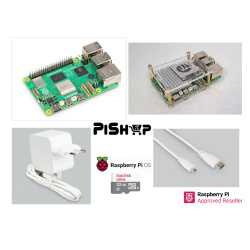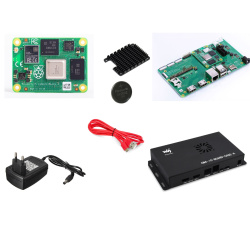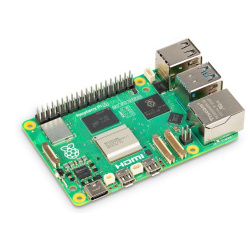Search
Search Criteria
Products meeting the search criteria
Raspberry Pi Zero 2 WH (with Pre-Soldered Header) (zero2WH board)
This is the Raspberry Pi board only. You will need a Power Supply, micro SD, HDMI Cable, Display, Input devices and Case as well
Raspberry Pi Pico 2 (RPi Pico2 board)
Raspberry Pi Pico 2 builds on the huge success of the original Raspberry Pi Pico product and its derivatives, which were launched in 2021 and 2022. It is powered by the brand-new RP235x microcontroller platform, designed here at Raspberry Pi.
Raspberry Pi 7" Touch Display 2 720x1280-pixel resolution (Official) (RPi display2 7inch)
This is an official 7″ touchscreen display for Raspberry Pi, for interactive projects like tablets, entertainment systems, and information dashboards.
Raspberry Pi Compute Module 5 IO Board (CM5 IO board)
PLEASE NOTE: The Compute module 5 board is not included

















